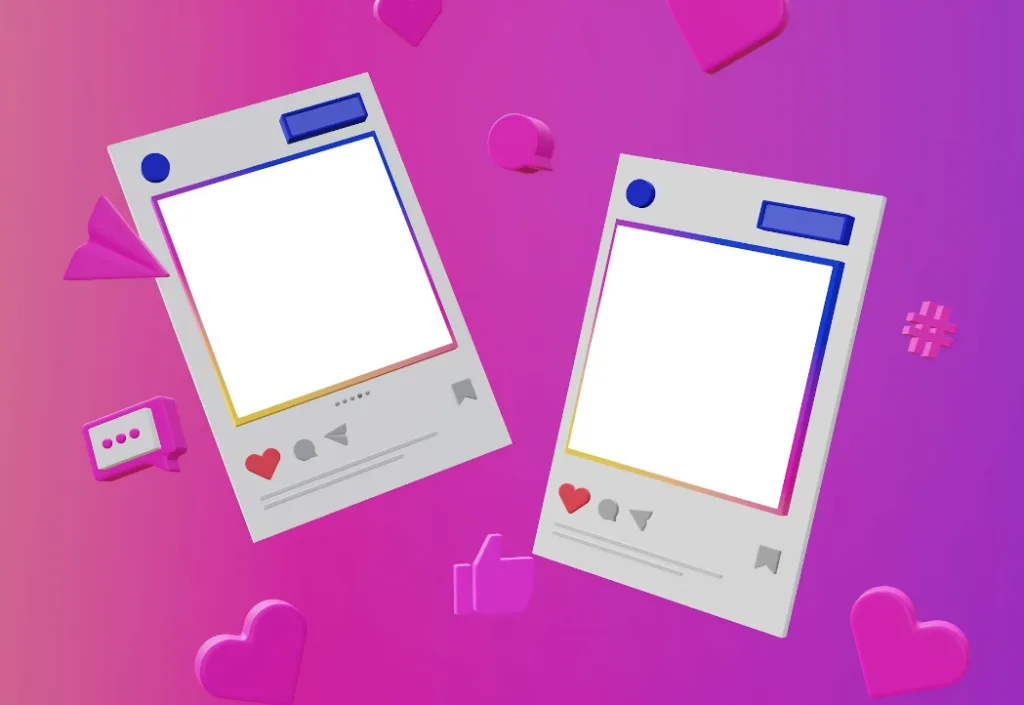3 Steps on How to Stand Out on Youtube and Create a Unique Language for Your Channel: Advice by Nate Black
Have you ever wondered why some YouTube channels manage to create a dedicated audience that keeps coming back?
The secret lies in how these creators communicate with their viewers. In this blog post, we’ll dive deep into a strategy shared by Nate Black at VidSummit, where he discusses how to build a “new language” with your audience—one that fosters connection and keeps them engaged over time.

What Is a “New Language” for Your YouTube Channel?
Nate Black introduces the idea of creating a unique language between you and your audience, which goes beyond just speaking English, Spanish, or any other language.
It’s about forming a set of shared ideas, expressions, and ways of thinking that your audience will relate to.
When you do this intentionally, you’ll create a channel that doesn’t just have one viral video and fade away, but rather a channel that grows consistently over time.
“The most memorable YouTube channels are the ones that intentionally build a new language with their audience.”
This type of channel grows in stair-step patterns, meaning that after each successful video, new viewers return for more, and the overall base of viewership increases steadily. So, how do you do it?
Your audience’s language + Your unique language = A new, shared language

Step 1: Understanding Your Audience’s Language
The first step in creating this new language is gaining fluency in your audience’s language.
Every audience you’re trying to attract on YouTube has a specific way of communicating.
They think about their goals, problems, relationships, and entertainment in certain ways, and your job is to tune into those specific phrases and ideas.
Actionable Tips:
- Take out a pen and paper (or open your notes app) and list out how your audience thinks and talks about their experiences. Do this quickly—spend no more than five minutes.
- Focus on their first-person language, such as:
- “I like…”
- “I don’t like…”
- “I want…”
- “I enjoy…”
This list becomes a powerful tool for understanding how your audience approaches content—and life in general.
Once you have that, you’re one step closer to building a deeper connection with them.

Step 2: Define Your Unique Language
Now it’s time to turn the focus inward. What is your language?
This means identifying the words and phrases you use often to express your own thoughts, feelings, and ideas.
Questions to Ask Yourself:
- What do you love or hate?
- What do you wish would happen?
- What makes you laugh?
You might feel some resistance when trying to define your own language. You might think, “Why does it matter what I think? I should focus more on my audience.”
But this is crucial—if you don’t bring your authentic self into your content, you’ll miss out on the connection you could be building with your audience.
“Everybody has a Superman and a Clark Kent side of things.”
Nate explains this using the analogy of Superman and Clark Kent. If you only focus on the “Superman” aspects of your content—the flashy, polished side—you’ll miss out on the human connection that comes from sharing your “Clark Kent” side, the everyday, relatable person behind the camera.

Step 3: Combine the Two to Create a New Language
Once you have both your audience’s language and your unique language, it’s time to combine them.
This is where the magic happens.
Steps to Create a New Language:
- Gain fluency in your audience’s language by spending time in your niche and understanding their way of thinking.
- Openly share your own language—don’t be afraid to add personal anecdotes, emotions, and humor into your content.
- Blend the two by creating new expressions, greetings, or phrases that resonate with both you and your audience.
Examples of New Language Creation:
- Audience’s language: “I don’t feel like anyone understands me, and I’m lonely.”
- Your unique language: A fictional universe with characters who overcome loneliness (like Samantha Boer’s “Haven Hollow”).
- New language: “Welcome back to Haven Hollow!” This greeting brings your audience into a shared experience.
- Audience’s language: “I have to work really hard to learn Spanish.”
- Your unique language: “If you learn these 10 things, 80% of the work is done.”
- New language: “Spanish is simple!” A catchy mantra that plays on the audience’s belief while incorporating your approach.
- Audience’s language: “I love watching crazy tennis replays.”
- Your unique language: “Tennis is much deeper than people think.”
- New language: During a replay, you might say, “Let’s pause here. What’s masterful about what just happened?” This adds depth to the tennis replay, appealing to both the entertainment and intellectual sides of your audience.

Applying This New Language Across Your Content
Now that you’ve created a new language for your channel, it’s time to apply it consistently throughout your content. Here are some key areas where you can integrate it:
1. Spoken Traditions
Why do you think Nate always starts his videos with “Howdy howdy”? It’s a simple phrase that has become a recognizable part of his personal brand.
- Develop your own greetings, catchphrases, or sign-offs that your audience will start to associate with you.
2. Titles and Thumbnails
If you notice your audience is particularly drawn to certain words or phrases, start incorporating them into your titles and thumbnails. This will make your content instantly relatable and increase click-through rates.
3. Greetings and Outros
Even the way you welcome viewers to your video or thank them at the end can reflect your new language. Use these opportunities to reinforce your connection with the audience.
4. Content Offers and CTAs (Calls to Action)
When you’re offering something—whether it’s a free guide, a community link, or a promotion—use language that speaks directly to your audience’s needs and incorporates your unique spin.
The Power of Connection
At its core, creating a new language with your audience is about fostering a deeper, more authentic connection.
By blending their perspective with your own, you’re creating something that feels personal, relatable, and unique.
“If you only focus on the outward of your business or content and don’t also focus on the Clark Kent side of things, you are losing out on the connection you could have with your audience.”
This connection is what keeps viewers coming back video after video, helping your channel grow steadily and sustainably.

Quick Recap: How to Build a New Language for Your Channel
- Step 1: Understand your audience’s language—list their key phrases, thoughts, and perspectives.
- Step 2: Define your own language—identify the words, ideas, and values you often express.
- Step 3: Combine the two—create new phrases, greetings, or mantras that blend both languages.
Bonus Tip: Start Small
You don’t have to overhaul your entire channel overnight.
Start by incorporating small elements of your new language into your next video, and gradually expand from there.
Over time, you’ll find that this new language becomes an integral part of your brand, setting you apart from others in your niche.
Final Thoughts on How to Stand Out On Youtube
By creating a unique language with your audience, you can build a channel that stands out, fosters deeper connections, and grows consistently over time.
Follow the steps Nate Black outlined, and you’ll have a radically effective new skill in your YouTube toolkit.
If you want to dive deeper into strategies like this, Nate also recommends joining his Radical Group for exclusive content and templates that can help you take your channel to the next level.
(Source: Nate Black’s Youtube Channel, video on being a unique creator)




